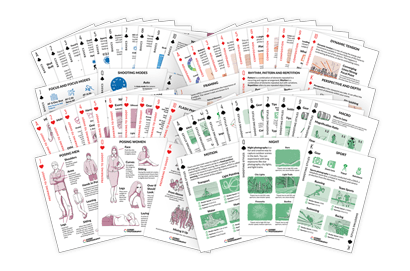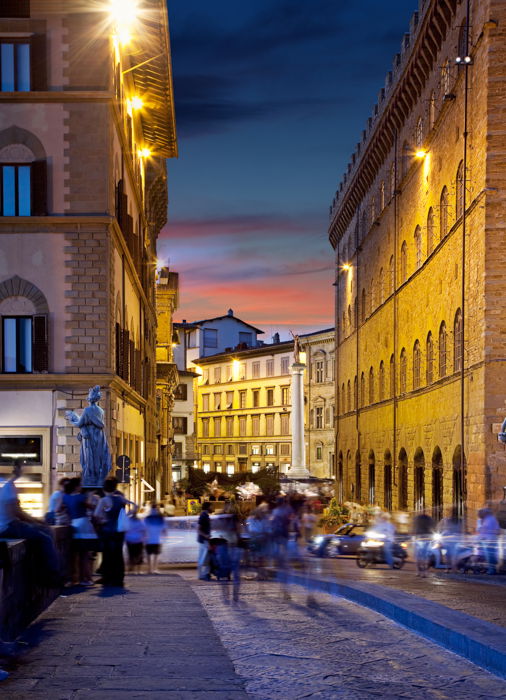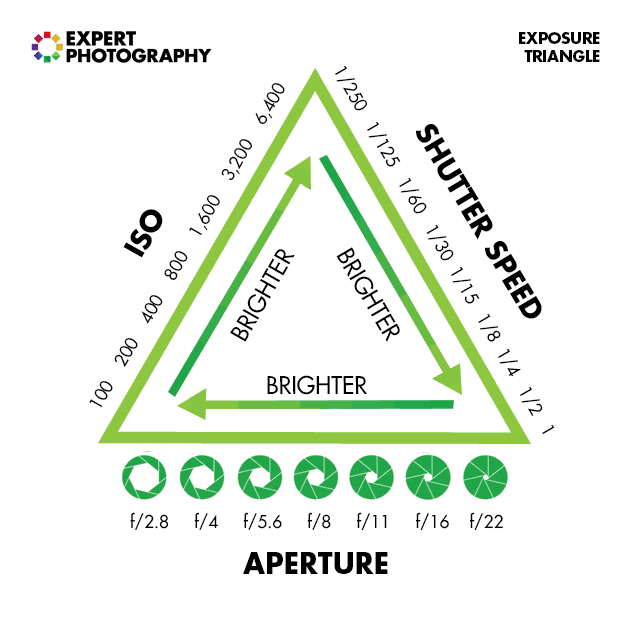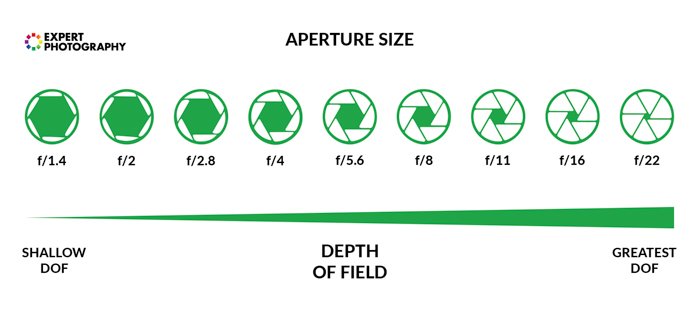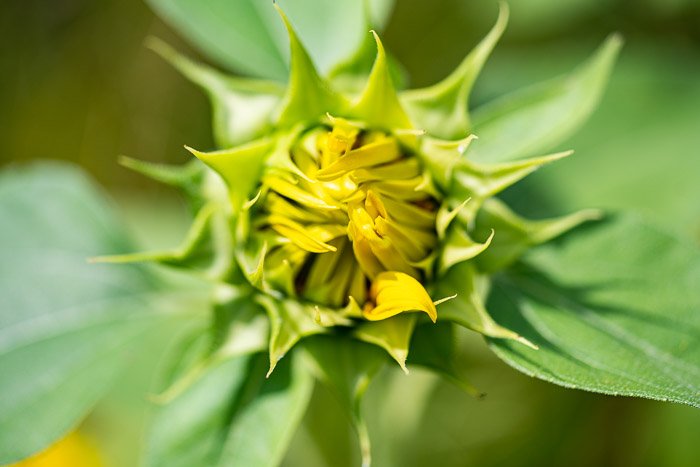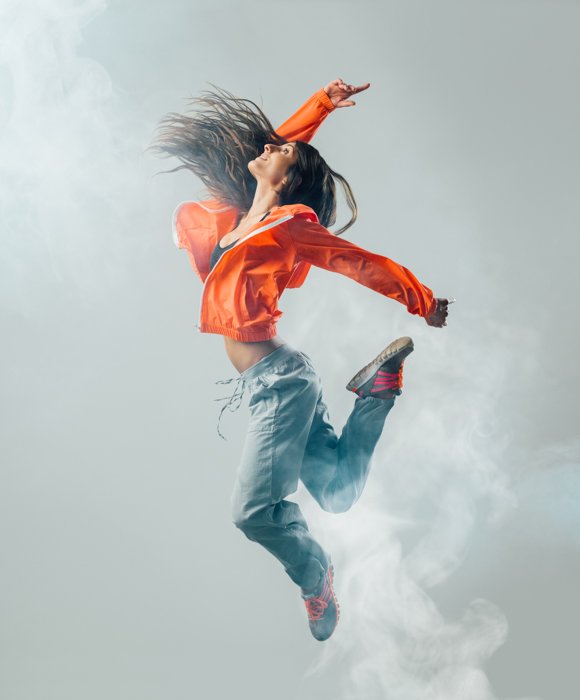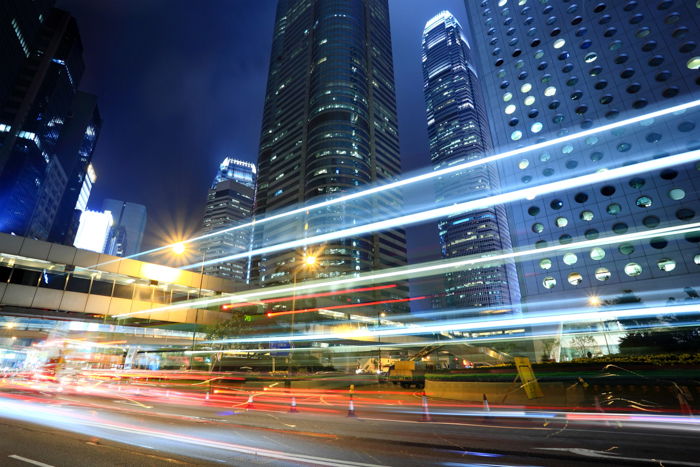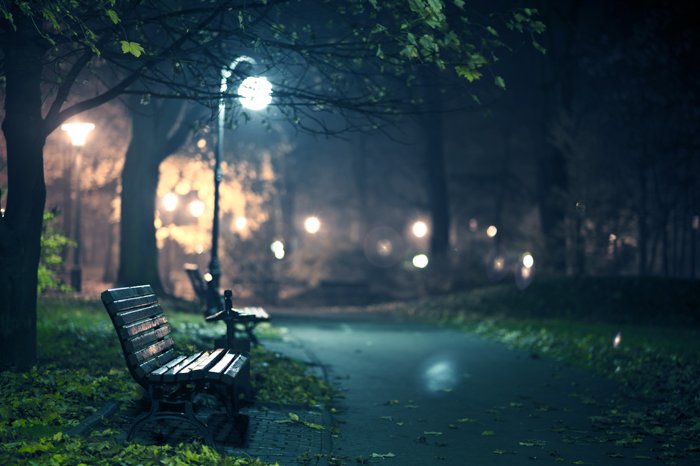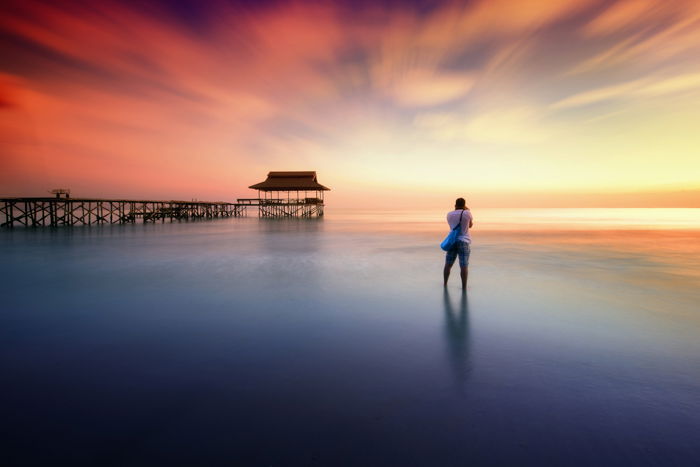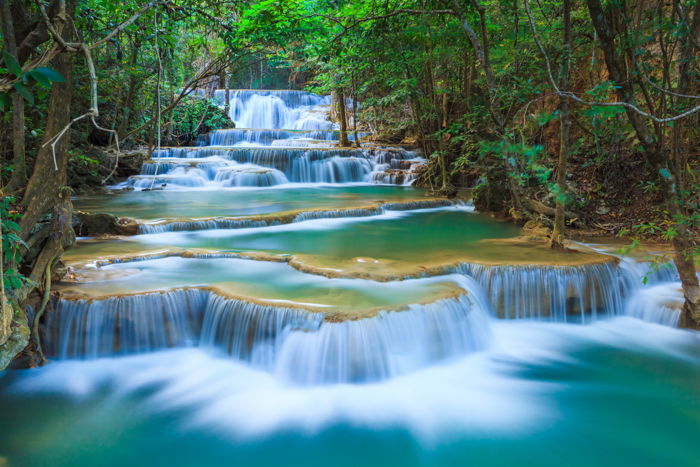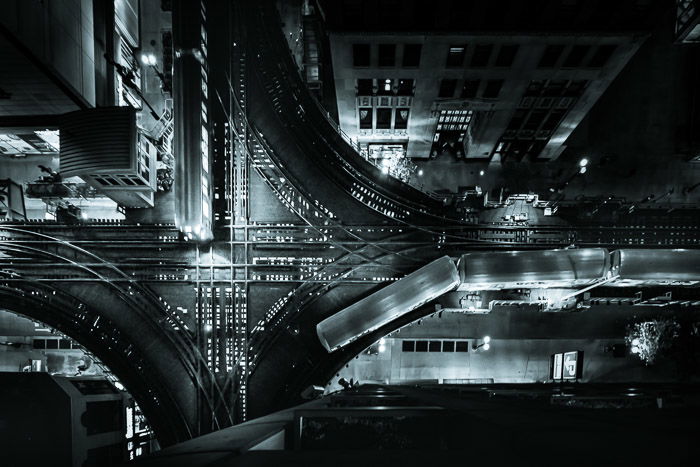I’ll guide you through the three elements that make up the exposure triangle: aperture, shutter speed, and ISO. You will be able to understand how these settings interact with each other. Believe me, you can master the exposure triangle with a little practice! [ExpertPhotography is supported by readers. Product links on ExpertPhotography are referral links. If you use one of these and buy something, we make a little bit of money. Need more info? See how it all works here.]
Understanding the Exposure Triangle: What is Exposure?
Exposure is the amount of light reaching your camera sensor or film. It’s important to get the correct exposure. If your images are brighter than they should be, we say that they are overexposed. If you have less amount of light than it would be optimal, your images can be too dark. We talk about underexposed images in this case. Both imperfections can be corrected during post-processing, but it can result in quality loss. So it’s better to learn how to find balance.
What Is the Exposure Triangle?
Three settings control how bright your image will be: aperture, shutter speed, and ISO. We call this trio the “exposure triangle”. All three interacts with each other and work together. The exposure triangle can be easily visualised. As all these three elements are connected to the other two, if you draw it, you get a perfect triangle. They are connected because if you change one, it affects the other two. You have to adjust them to keep the perfect exposure value.
What is Aperture?
When you press the shutter button to take a photo, the camera opens up a hole – the aperture – inside the lens. How much light falls on the sensor depends on how big the opening is. It’s like how our pupils become small to limit the amount of light that gets into our eyes. Also, in the dim light, our pupils get large to let in as much light as possible and increase how much we can see. Photographers use a number system to refer to the size of the opening. What can be confusing is that larger apertures have smaller numbers and smaller apertures have larger numbers. An aperture of f/2.8 is wider than an aperture of f/16.
Aperture also controls how much of the scene is in focus. This is called the depth of field. A deep depth of field means that more of the scene is sharp and in focus. A shallow depth of field means only some of the scene is in focus. A wider aperture, such as f/2.8 will create a shallower depth of field than a narrower aperture like f/22. More of the scene will be in focus at f/22, but f/2.8 might give you a beautifully blurred background (bokeh). Here are two photos of a sunflower taken within seconds of each other. The only setting I changed was the aperture. I took the first photo with an aperture of f/2.8, the second with f/11. Notice how the focus and background change.
What Is Shutter Speed?
When you press the shutter button on your camera, you expose the digital sensor or film to light. You can open the shutter for a fraction of a second or minutes.
Shutter speed is responsible for how long the light hits the camera’s sensor. For instance, you can leave your shutter open for 1/100th of a second or 1 second or even 100 seconds. The slower the shutter speed, the longer the shutter is open. This way more light hits the sensor. In dim conditions, you want to gather as much light as possible into your camera. You can choose a large aperture and leave your shutter open for a long time. A faster shutter speed can freeze motion, while a slow value can create motion blur.
Note that a lot of cameras have a Bulb Mode. It means that the shutter is open as long as you keep the shutter button pressed. This allows you to capture the whole motion of a moving subject, such as a firework. But it can be perfectly used for any kind of night photography too. For a slower shutter speed and Bulb Mode, you should always use a tripod to avoid camera shake and unwanted blur.
What Is ISO?
ISO refers to how bright your images are going to be. In film photography, it means the film’s sensitivity to light. Photographers refer to ISO with a system of numbers. The lowest default on most digital cameras is ISO 50 or ISO 100.
Low ISO values can be used among bright lighting conditions. When you have less light, and you choose a higher ISO, your images become brighter. But a high ISO can result in digital noise and grain in your images. Fortunately, with each generation of digital cameras, ISO performance increases. This means you can set your ISO higher with little to zero perceptible grain. Nowadays, there are even ISO invariant camera models. You can also use post-processing tools like Lightroom to take out some of the grain produced by high ISO.
How to Take Correctly Exposed Images
As I mentioned, exposure is determined by the three elements of the exposure triangle. To expose your images correctly, you can adjust your camera settings in a lot of different ways. If you have the correct exposure, and you change the shutter speed, the ISO, or the aperture, you’ll also have to adjust at least one value from the other two. For example, setting your shutter speed from 1/30 to 1/15 doubles the light entering your sensor. A 1/15 of a second is a longer time than a 1/30. So you will have twice as much light as you originally had. Therefore, you’ll have to set your ISO to a lower value. If you had an ISO 800, choose ISO 400 instead.
Which Mode Should You Use?
You can take photos in an automatic mode. If you are shooting in Auto Mode, the light meter is the key for the camera to set the exposure correctly. In this mode, your camera sets the ISO, the shutter speed, and the aperture as well, based on what the light meter sees as correct. You can also rely on a light meter if you are shooting in Manual Mode, and set the elements of the exposure triangle accordingly. You can fine-tune your exposure value in Manual Mode as you wish. But for this, you need to understand deeply how the exposure triangle works. You should practice, of course, but if you need to play safe, go with a semi-automatic mode.
Semi-automatic modes are also great for practising. With them, you can also have enough control over your exposure, but they are less hard to understand and to use. Some genres, such as street photography require the usage of these modes. You don’t always have enough time to set every value even if you are a professional. Try Aperture Priority Mode. You may find this option labelled with an A or an Av on your camera. Decide how much you want to blur the background or how much sharp details you want to have, and set your aperture accordingly. Your camera does the rest of the job with setting the shutter speed and ISO. Shutter Priority Mode lets you choose whether you want to freeze motion or capture motion blur. This option may be labelled with an S or a Tv on your camera. Your camera will choose the best aperture and ISO value to balance the exposure. Try exposure compensation too if you want to override your camera’s suggestions. With this option, you can quickly and easily make your images brighter or darker. It works beautifully for example with snow photography. You can overexpose the scene a little bit to have the perfect shade of the snow in your images. Even if you set everything precisely, you might need to deal with exposure during photo editing. This is one of the many important reasons why you should be shooting in RAW.
Conclusion
If you get to understand the exposure triangle, you will still need time for practice. Experiment with your camera settings, try different modes of your camera and see which is suitable for each situation. You are going to get better and better over time! Being able to control your camera allows you to concentrate more on your compositions and ideas. There will be less technical limits for your imagination. Understanding exposure definitely improves your workflow. Try out our quick capture cheat sheets to brush up on all the essential photography concepts! These cheat sheets are the perfect visual tool to help you master photography.
